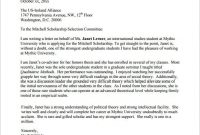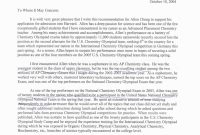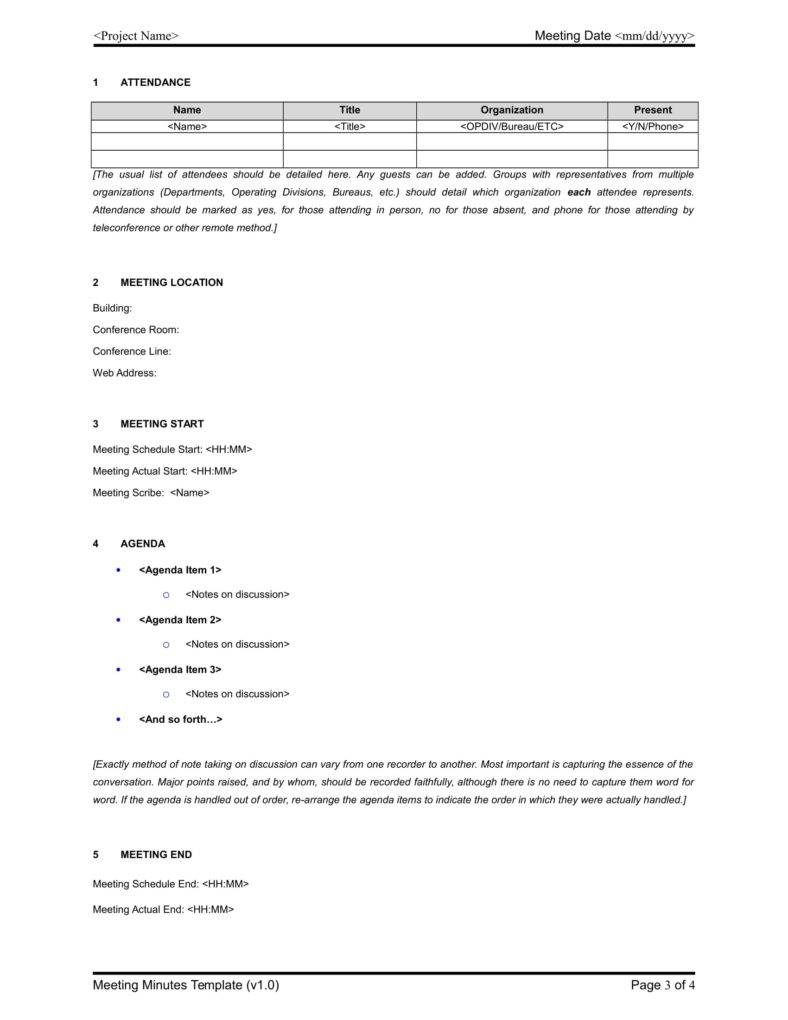 9 Meeting Minutes Templates Free Premium Templates about proportions 788 X 1020
9 Meeting Minutes Templates Free Premium Templates about proportions 788 X 1020Minutes of Hearing Template: Enhancing Efficiency and Organization
Minutes Of Hearing Template – In any formal meeting or hearing, keeping accurate records is crucial for maintaining transparency and accountability and ensuring that important decisions and actions are properly documented. A “Minutes of Hearing” template is an effective tool for achieving this. This article will delve into Minutes of Hearing templates, their benefits, various types available, key components, the creation process, and tips for effective use.
 Minutes Of Disciplinary Hearing Absa Bank within dimensions 1273 X 1800
Minutes Of Disciplinary Hearing Absa Bank within dimensions 1273 X 1800Benefits of Using a Minutes of Hearing Template
Consistency
One of the primary advantages of utilizing a Minutes of the Hearing template is the promotion of consistency. By following a standardized structure, every meeting’s minutes will have a familiar format, making them easier to read and comprehend. Consistent minutes enable quick referencing and comparison between meetings, fostering a holistic understanding of the organization’s decision-making process.
Saving Time
Crafting minutes from scratch for each meeting can be time-consuming and inefficient. However, using a pre-designed template already lays out much of the groundwork. The template streamlines the process, allowing the note-taker to focus on capturing the essential details rather than starting from scratch. This time-saving feature is invaluable for busy professionals who juggle multiple meetings and responsibilities.
Organized Record Keeping
Maintaining an organized record of meetings is essential for legal compliance and future reference. A Minutes of Hearing template ensures that vital information, such as attendees, agenda, decisions, and assigned tasks, is consistently recorded systematically. This structured approach makes locating and retrieving relevant information effortless, minimizing confusion and ambiguity.
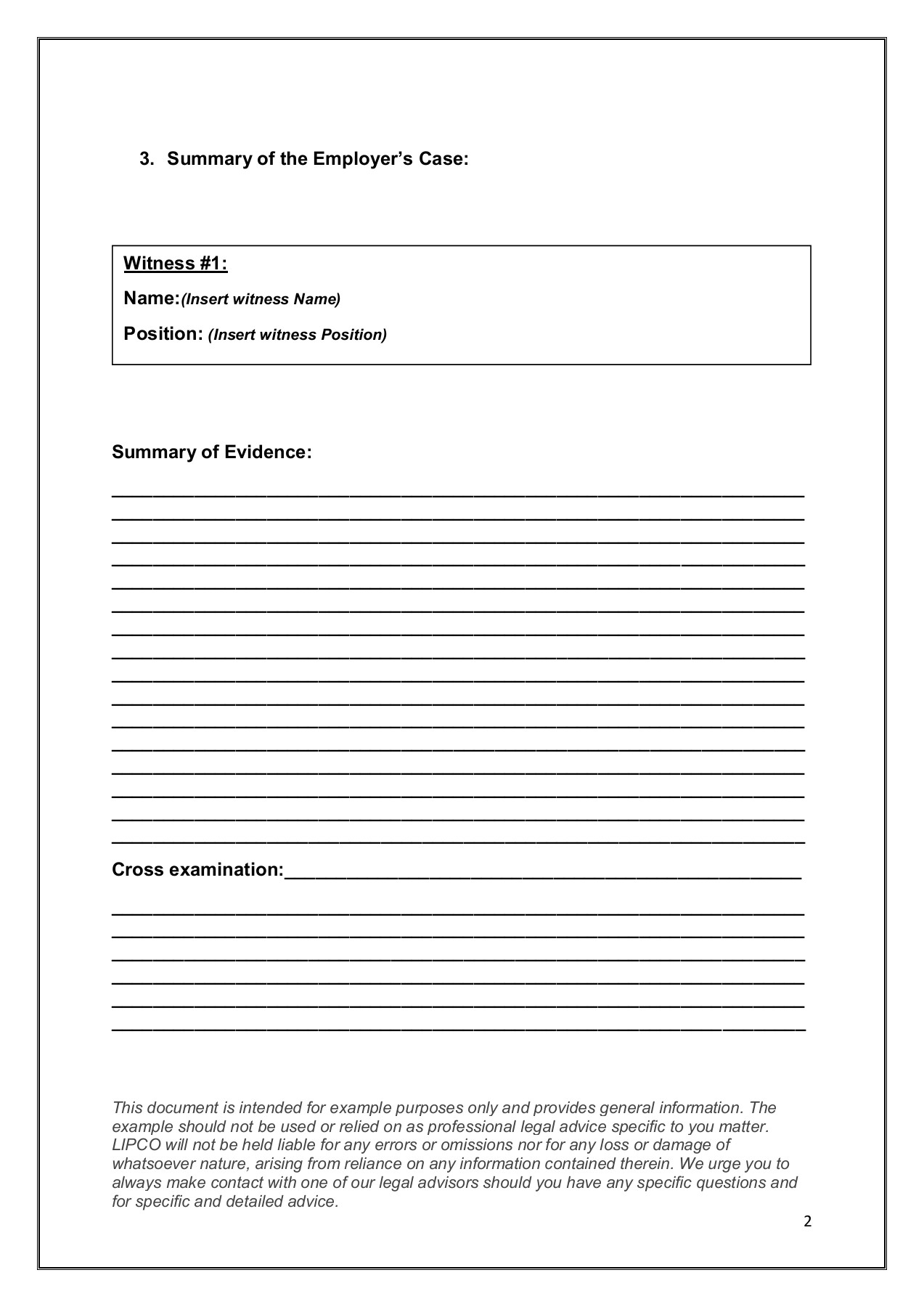 Minutes Of Disciplinary Hearing Absa Bank throughout measurements 1273 X 1800
Minutes Of Disciplinary Hearing Absa Bank throughout measurements 1273 X 1800Types of Minutes of Hearing Templates
Different types of Minutes of Hearing templates are available, catering to various contexts and industries. Let’s explore three commonly used templates:
General Minutes of Hearing Template
This template is a good choice for meetings covering various topics. It includes the following sections:
-
- Meeting Information: This section includes the date, time, and location of the meeting, as well as the names of the attendees.
- Agenda: This section lists the topics that were discussed during the meeting.
- Discussion: This section summarizes the key discussion points for each agenda item.
- Decisions: This section lists the decisions that were made during the meeting.
- Action Items: This section lists the tasks that must be completed due to the meeting.
Legal Minutes of Hearing Template
This template is designed for meetings that have legal implications. It includes the following sections:
-
- Meeting Information: This section includes the date, time, and location of the meeting, as well as the names of the attendees and the presiding officer.
- Introduction: This section briefly overviews the meeting and the topics discussed.
- Discussion: This section summarizes the key discussion points for each agenda item. It includes specific details of arguments, rulings, and other legal terminology.
- Decisions: This section lists the decisions made during the meeting and the rationale for each decision.
- Conclusion: This section summarizes the key points of the meeting and provides a call to action.
Business Minutes of Hearing Template
This template is designed for meetings that focus on business-related topics. It includes the following sections:
-
- Meeting Information: This section includes the date, time, and location of the meeting, as well as the names of the attendees and the presiding officer.
- Agenda: This section lists the topics discussed during the meeting.
- Discussion: This section summarizes the key discussion points for each agenda item. It includes details of business-related decisions, such as action items, deadlines, and follow-up tasks.
- Decisions: This section lists the decisions made during the meeting and the rationale for each decision.
- Next Steps: This section outlines the next steps that need to be taken due to the meeting.
Businesses often require meetings to discuss strategic plans, project updates, or team collaborations. The Business Minutes of Hearing template documents business-specific aspects, such as action items, deadlines, and follow-up tasks. It assists in maintaining a clear overview of business-related discussions and decisions.
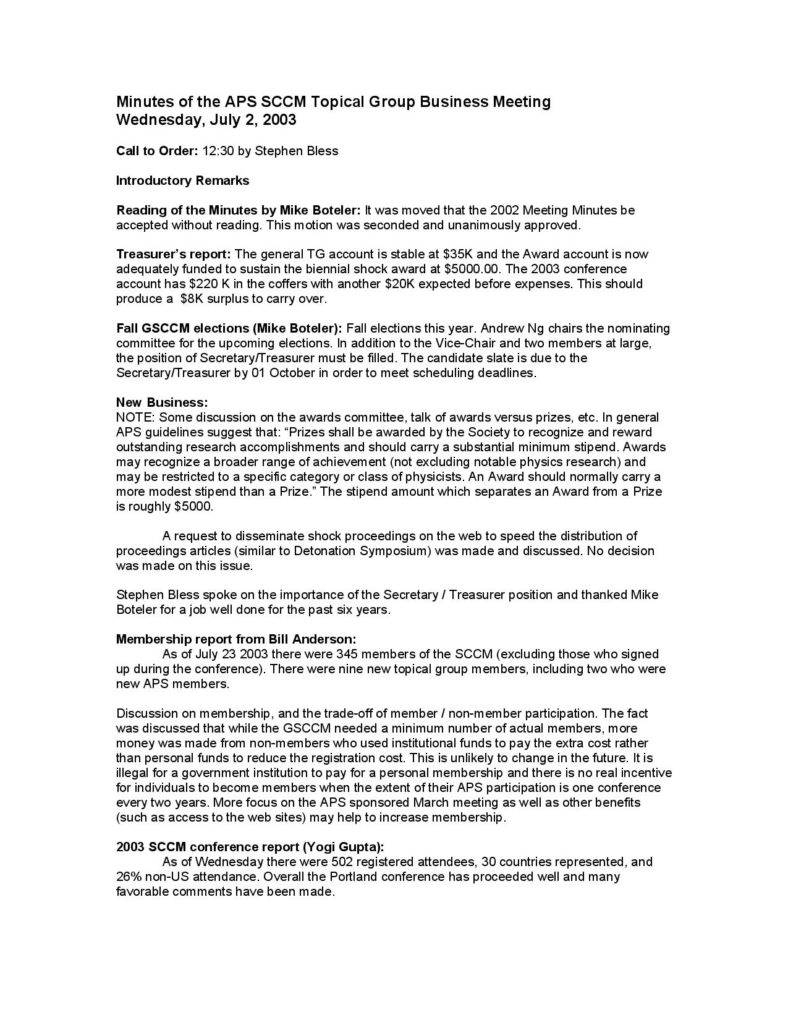 9 Meeting Minutes Templates Free Premium Templates about proportions 788 X 1020
9 Meeting Minutes Templates Free Premium Templates about proportions 788 X 1020Key Components of Minutes of Hearing Template
A well-designed Minutes of the Hearing template should include the following key components:
A. Date and Time of Meeting
Begin the minutes by recording the date and time of the hearing. This information provides a chronological reference and helps stakeholders quickly identify the meeting’s context.
B. Names and Roles of Attendees
List the names and roles of all individuals present at the meeting. This section ensures that everyone’s contributions are acknowledged and clarifies who participated in the decision-making process.
C. Agenda and Discussion Topics
Outline the meeting’s agenda and include a breakdown of the discussion topics or agenda items. This section helps readers navigate the minutes easily and locate specific discussions or decisions.
D. Decisions Made and Actions Taken
Summarize the decisions made during the hearing, including any voting outcomes or resolutions reached. Clearly state the actions to be taken and assign responsibilities to the relevant individuals or teams.
E. Assignments and Follow-up Items
Note any assignments or follow-up tasks resulting from the meeting. Specify deadlines, responsibilities, and any additional resources required. This section ensures that actionable items are clearly communicated, and progress is monitored effectively.
F. Signatures and Approval
Include a space for signatures and approval at the end of the minutes. This step finalizes the document and adds a layer of validation, indicating that the minutes accurately represent the discussions and decisions.
How to Create Minutes of Hearing Template
Creating a Minutes of Hearing template tailored to your specific needs involves the following steps:
A. Research and Planning
Research existing templates and examine their structures, identifying elements that align with your requirements. Consider the nature of your meetings, the information you need to capture, and any legal or industry-specific considerations.
B. Customize to Specific Needs
Based on your research, customize the template to suit your organization’s unique requirements. Incorporate the key components discussed earlier while ensuring the template reflects your preferred format, branding, and any additional fields necessary for your context.
C. Test and Refine Template
Once you have created the initial template, test it in a real meeting setting. Assess its effectiveness, gather user feedback, and make necessary adjustments. Continuous refinement ensures that the template evolves with your organization’s changing needs.
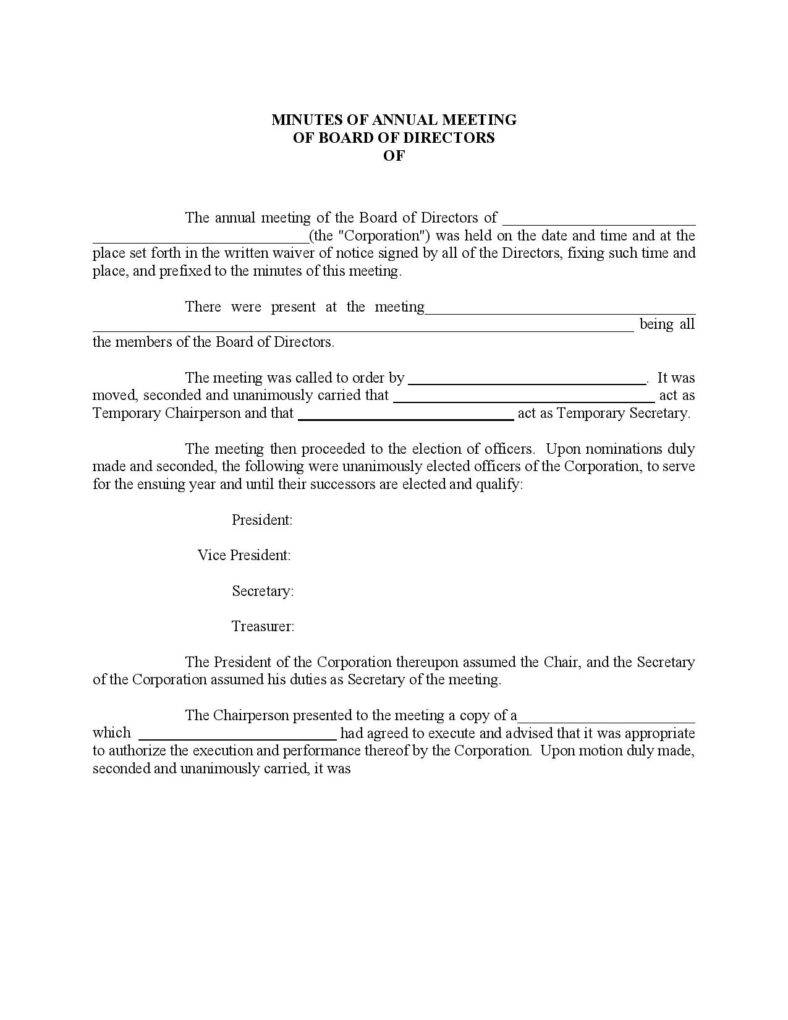 9 Meeting Minutes Templates Free Premium Templates regarding measurements 788 X 1020
9 Meeting Minutes Templates Free Premium Templates regarding measurements 788 X 1020Tips for Effective Use of Minutes of Hearing Template
To maximize the benefits of using a Minutes of Hearing template, consider the following tips:
A. Assign a Note, Taker
Designate a responsible individual to take accurate minutes during the meeting. This person should be familiar with the template and possess good note-taking skills to ensure the information recorded is comprehensive and reliable.
B. Use Clear and Concise Language
Write the minutes using clear, concise, easily understandable language to a wide range of readers. Avoid technical jargon and use plain language wherever possible. This approach enhances accessibility and ensures that all stakeholders can comprehend the minutes.
C. Follow Up on Action Items
Actively follow up on the action items outlined in the minutes. Monitor progress, provide the necessary support, and address any obstacles that may hinder the completion of assigned tasks. Regularly reviewing and updating action items maintains momentum and accountability.
D. Store Minutes Properly
Establish a secure and organized system for storing minutes in physical or digital form. Ensure that the minutes are easily accessible to authorized individuals who may need to refer to them in the future. Proper storage safeguards the integrity and confidentiality of the meeting records.
Conclusion
Minutes of Hearing templates offer a structured and efficient approach to recording and preserving the essential details of any meeting or hearing. By promoting consistency, saving time, and fostering organized record-keeping, these templates contribute to improved communication, accountability, and informed decision-making.
Embrace the benefits of Minutes of Hearing templates and encourage your organization to adopt them for more organized and consistent record keeping. Implementing these templates will enhance productivity, facilitate collaboration, and ensure that critical information is effectively documented.
Additional Resources
For further information and resources on Minutes of Hearing templates, consider exploring the following:
Useful Websites
Recommended Reading and Tools
- “Effective Meeting Minutes” by Joanna Gutmann
- “Meeting Notes Template” by Lucid Meetings
- Microsoft Office Templates
